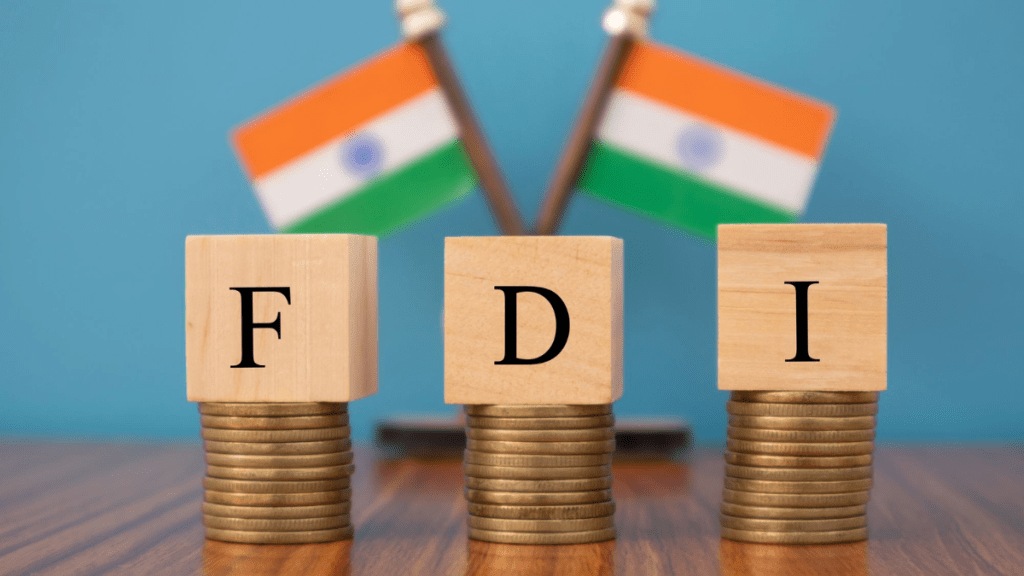There have been voices within the government urging greater caution to the latest Economic Survey’s proposal to consider the right balance between importing goods and importing capital from China. On Tuesday, commerce and industry minister Piyush Goyal said there was no rethinking in the government to support foreign direct investment (FDI) from China and that the Survey was just a report that always speaks about new ideas. Though the vice-chairman of NITI Aayog has urged the need for a clearer set of guidelines for approving Chinese FDI, India’s policy choices in this regard are no doubt complicated by the continuing face-off on the Sino-Indian border since April 2020. It is not business as usual for the bilateral economic relationship as there has been an intensified screening of FDI proposals from countries sharing land borders with India obviously targeting China.
But the Survey’s proposals must be seriously considered as India has so far not been able to impose severe costs on the dragon for its border transgressions. Chinese companies continue to invest and have found a way around restrictions. The government, for its part, maintains that there is no blanket ban on anything Chinese and that it allows what is in its best national interests. However, there is a need for greater strategic intent as the dragon dominates global supply chains. It has a near-monopoly on the production and processing of critical and rare earth minerals, which has a major bearing on India’s renewable energy production. China is India’s top import partner, and the trade deficit with China has been growing as the country accounts for only 0.37% of the total FDI equity inflow reported in India from April 2000 to March 2024.
But Chinese manufactured goods are so cheap that they can still enter the domestic market despite import restrictions. The overcapacity in steel, for instance, has led to a collapse in global steel prices that has pressured our domestic producers. The dragon has already started retaliating against these restrictions by blocking India’s access to solar equipment. For such reasons, isn’t it a better alternative to allow China to invest more in the country? The warrant to do so is that FDI interest from the mainland remains strong and proposals have been cleared depending on whether they add value to the country’s manufacturing capacity. Applications seeking approval for investments of over `1 trillion have been filed since the curbs were imposed in April 2020, half of which have been cleared. This is indeed good news and must translate into actual investments. The `50,000 crore of cleared proposals since April 2020 must be seen in the context of FDI inflows from China and Hong Kong. Over this period, `976 crore of equity inflows had come in from China.
The cumulative inflows from April 2000 to March 2024 amounted to `16,088 crore. From Hong Kong, inflows amounted to `2,672 crore since the curbs were imposed as against total investments of `29,893 crore from April 2000 to March 2024 according to the department for promotion of industry and internal trade. The cleared proposals obviously represent a much larger magnitude than the actual inflows since April 2020, indicating a much more robust intent to invest in the country. Far from indicating a shutdown of Chinese investments as feared, they point to India’s continued attractiveness as a destination for FDI. All of this should be definitely welcomed.

